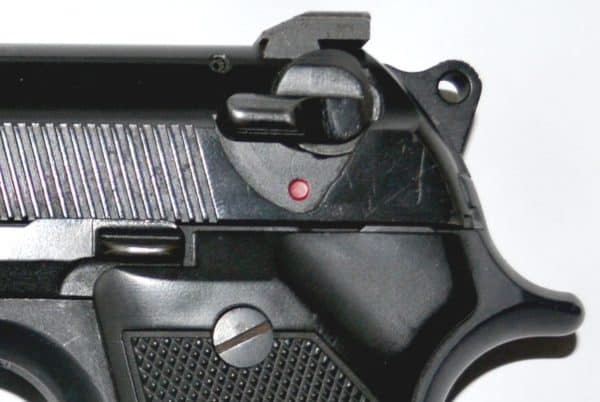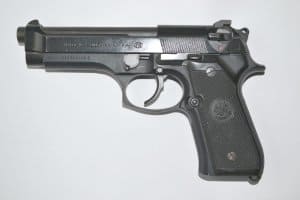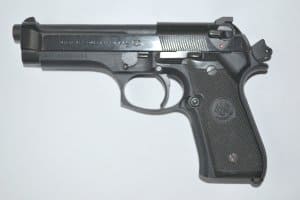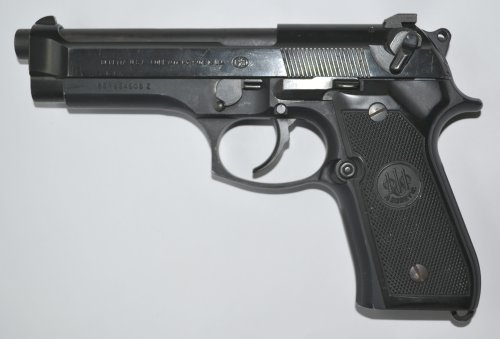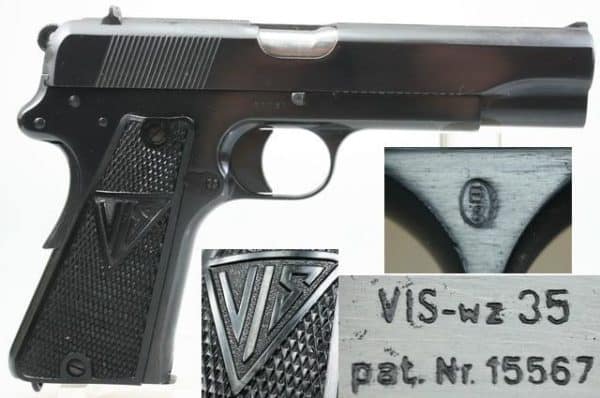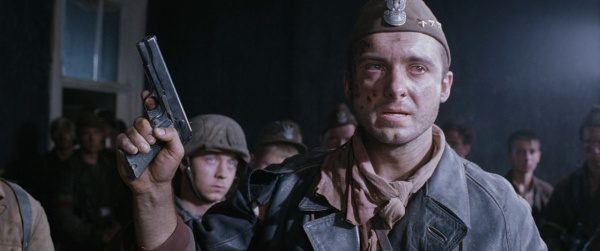There are a number of operating systems common to modern pistols, and we still see most on the range regularly. However, 85 percent of the guns students show up with fall into the polymer, striker-fired category. The last 15 percent feature other operating systems. These include 1911-style guns, a few other rarer designs, the occasional revolver and those we refer to as “de-cocker” systems.
De-cocker style guns were common during the 70's, 80's, and 90's. S&W, SIG, H&K, Walther and Ruger (among others) produced vast quantities. With the adaptation of the Beretta 92 by the US Military in 1980, hundreds of thousands of decocker-equipped firearms have been produced for military, police and non-LEO civilian consumers.
De-cocker equipped pistols (generally) have an exposed hammer. Here's how they work . . .
- The gun is carried with the hammer down. When drawn, the trigger is found in its most forward position, and requires a long, heavy press as it mechanically cocks the hammer for the first shot.
- After the first shot, the slide will cycle and automatically cock the hammer for the next shot, resulting in a shorter, lighter second trigger press. With the first shot, the operator manually cocks the hammer by pressing the trigger, for the following shots, the slide function re-cocks the hammer.
- When firing is complete, the pistol needs to be “de-cocked” in order to render it relatively safe before holstering. To accomplish that, most are equipped with either a lever or button which allows for the hammer to be lowered safely on a loaded chamber.
Generally, de-cockers come in two flavors: Single-Stage and Two-Stage.
Single Stage de-cockers work by depressing a lever or button. As the mechanism is spring-loaded, no other actions are required.
Two Stage de-cockers are usually a lever (not a button). They require an initial press downward to de-cock. Then the user must manually return the lever to its starting position, to re-enable the firing mechanism. On most designs, leaving the lever engaged results in a dead (i.e., non-functional) trigger.
De-cocking lever is down, requiring manual movement up to re-enable the pistol. In this state, the trigger is dead. On the Beretta, the de-cocking lever doubles as a manual safety.
As every police department in the nation, the vast majority of our students and now the US military have figured out, de-cocker style operating systems suck. They offer no tangible safety benefit. In fact, they create needless safety and training issues.
Once we explain the ins-and-outs of de-cockers to students, we often field two sarcastic questions: Who came up with this? Why would they think this is a good idea? Here’s what I’ve discovered . . .



